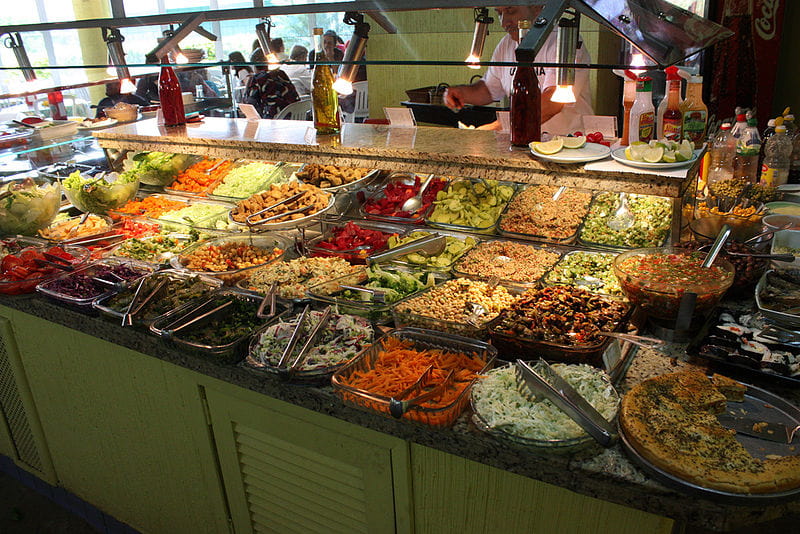Keeping food out of the danger zone and utilizing proper temperature and time control keeps bacteria from growing in food and greatly reduces foodborne illness. When we take about the danger zone, we usually focus on food product, but can serving utensils left in the danger zone after touching product pose a food safety risk? ServSafe managers should take steps to ensure that food poisoning hazards don’t develop with mishandled food service utensils.

ServSafe Managers Guide to Temperature Control of Food Service Utensils
You may never think about it, but some service items should be treated like food to prevent foodborne illness. We’re not suggesting storing your utensils outside the danger zone, but once you begin using them for service you should make sure they follow nearly the same protocols as the food they touch. Some items to be wary of include:
- Salad Bowls and Tongs
- Ladles
- Spatulas
- Cold Preparation Utensils
ServSafe managers wouldn’t leave a Caesar salad on a counter top for hours and then serve it to a guest, so why leave a used bowl and set of tongs at the same temperature. Salad remnants will decay in a danger zone environment over time increasing risk. Washing every mixing bowl after every use just simply isn’t an option, but there are solutions. Keep mixing bowls for cold items in a reach-in refrigerator or rotate out of service regularly. Time as public health control rules allow for up to four hours, but quality of product will greatly suffer even over a short period of time, so we suggest more frequent rotation of these cold service items. The same should go for any other item used to prepare cold items for service. Tongs, spatulas and ladles could be the most overlooked offenders.
Hot items may be easier to maintain than cold items due to the nature of food served. Soup and sauce ladles can potentially remain in heated sauces and metal tongs and other serving utensils can remain with hot foods if stored properly. Some items such as grill tools, should follow time control procedures as they may not always be out of danger zone temperatures.
Have you thought about risks coming from the temperatures of your regular use utensils?


